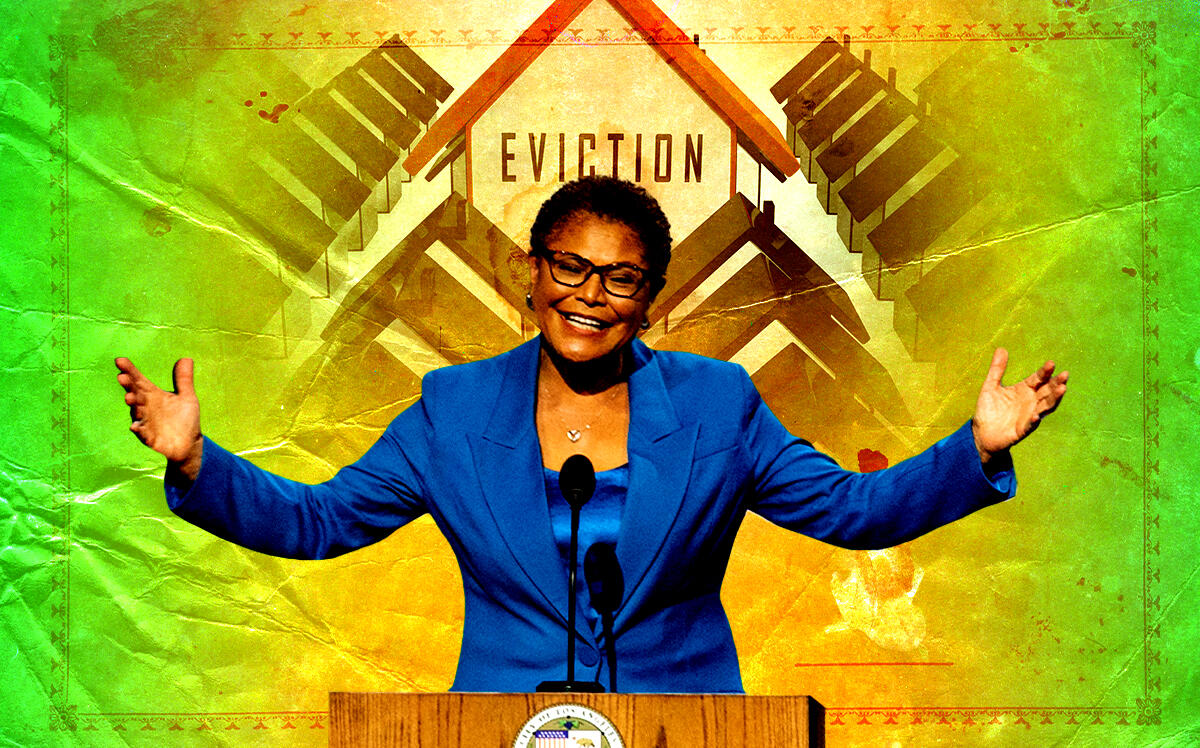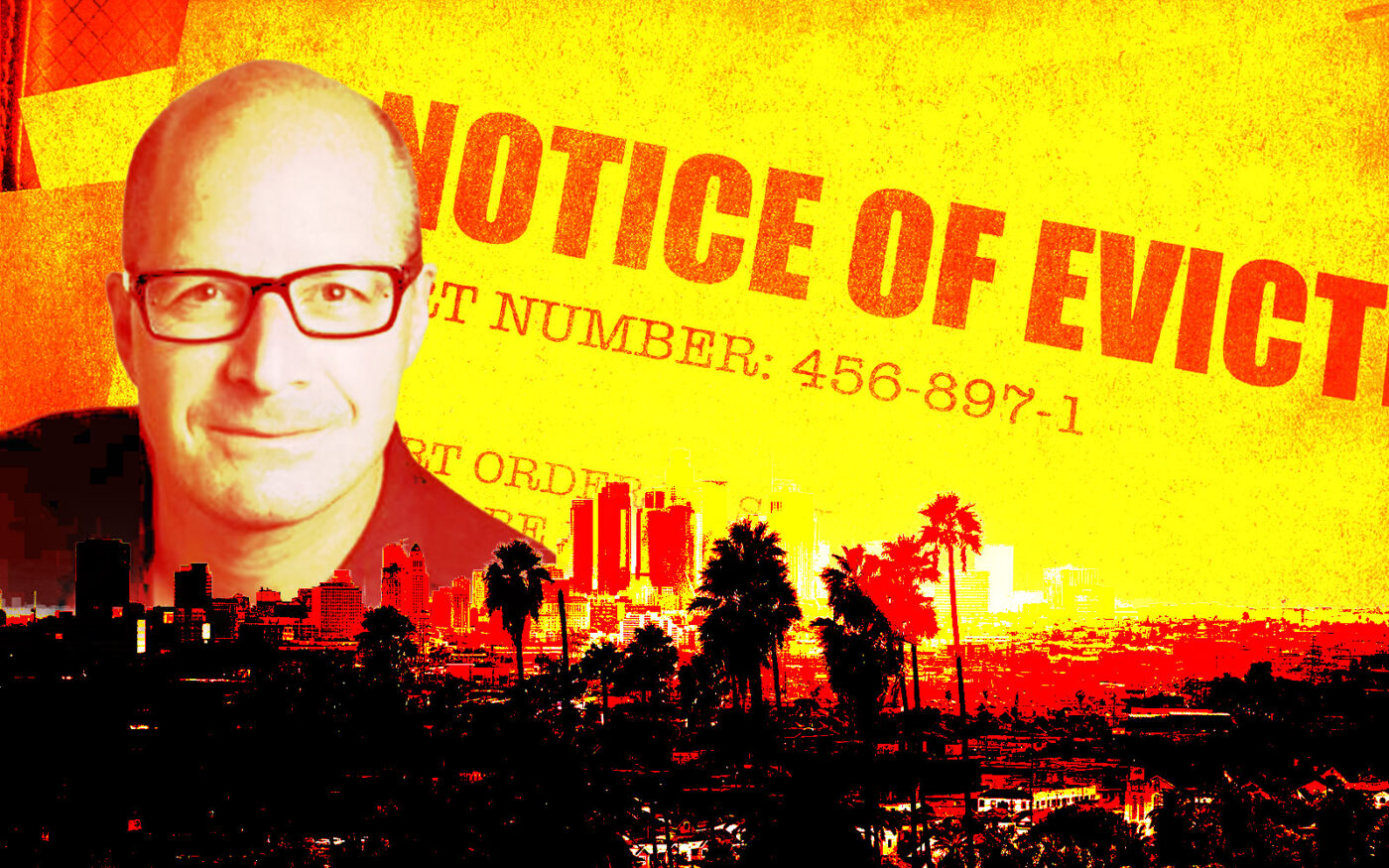
LA expands renter protections before eviction moratorium ends
Trending
“It’s about time”: Landlords react to end of LA County moratorium
Eviction ban expires, but had already been softened

Eleven hundred and 12 days after it was implemented, L.A. County’s COVID-19 Tenant Protections Resolution — better known as the county’s eviction moratorium — officially expired on April 1, marking an end to one of the country’s last remaining pandemic-born moratoriums.
“It’s about time, is how I feel about it,” said Dan Yukelson, executive director of Apartment Association of Greater Los Angeles, a landlord lobbying group. “This thing’s gone on for over three years.”
The county rules have applied to unincorporated parts of L.A. County as well as cities within the county that did not set their own protections. They did not apply to the City of L.A., which had established its own rules; the city’s broad eviction moratorium expired at the end of January, although days before that deadline the City Council — led by its new progressive bloc — also voted to enact new permanent tenant protections, including an expansion of “just cause” eviction rules to all apartments.
The expiration date comes after multiple extensions. In late January, county supervisors voted to extend it to the March 31 date; just days before, supervisors narrowly voted down a resolution that would have extended certain protections for another year.
“At this point, I feel like, for me, it feels like an overreach now to impose these on the incorporated cities,” Supervisor Janice Hahn, who voted against the most recent extension, said during debate on the issue. Hahn, who has previously expressed sympathy for struggling landlords, cited low unemployment and declining COVID-19 numbers as a reason to vote against more emergency measures.
Yet even as tenant advocates have warned that the expiration will bring fresh pain to tenants who are struggling, landlord advocates are greeting the date with a shrug.
“I don’t think anything’s going to change as a result of it — there’s not going to be a huge wave of evictions,” said Yukelson.
“It is important, and we would have taken it back to court” if the county had extended protections again, added Jeff Faller, president of the Apartment Owners Association of California.
But Faller also predicted that, in a pragmatic sense, the expiration means little. “Today won’t be much different than tomorrow,” he added.
The reason is that since it was first enacted, partly in response to court rulings against it, the county had already adjusted its law to apply much more narrowly. In its final form, the eviction moratorium applied only to tenants who made less than 80 percent of area median income who could prove they were unable to pay because of hardship from COVID-19. Those tenants also still have to back up their claims in court.
Especially as the virus has dwindled, it’s become a small group. “I challenge you to find more than 20 cases,” said Faller.
Still, Faller predicts L.A. County evictions will rise, in part because more county landlords who could have already initiated eviction proceedings will now realize they can do so. But many will end up cutting deals with tenants who owe rent instead of following through with lengthy, costly court cases, said Yukelson.
“And then it’s taking L.A. County sheriffs two months to lock out,” he explained. “You’re spending tens of thousands of dollars in legal fees. So it’s a lot more expedient to work things out with your renter.”
Not all L.A. County tenant protections are going away, however. No-fault evictions will remain illegal, and anti-harassment and retaliation protections remain in place. Landlords must also serve written 30-day notices before filing evictions for nonpayment of rent that accrued since last July.
Read more

Oakland to consider phasing out controversial eviction moratorium

LA moratorium to go, but “just cause” eviction rules to come




